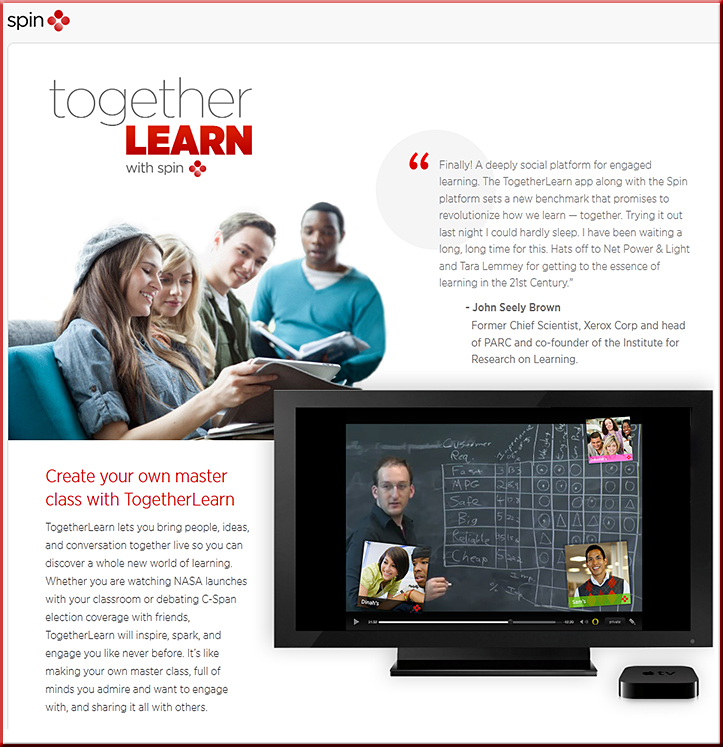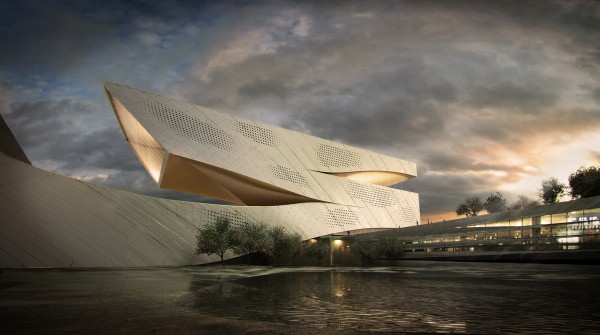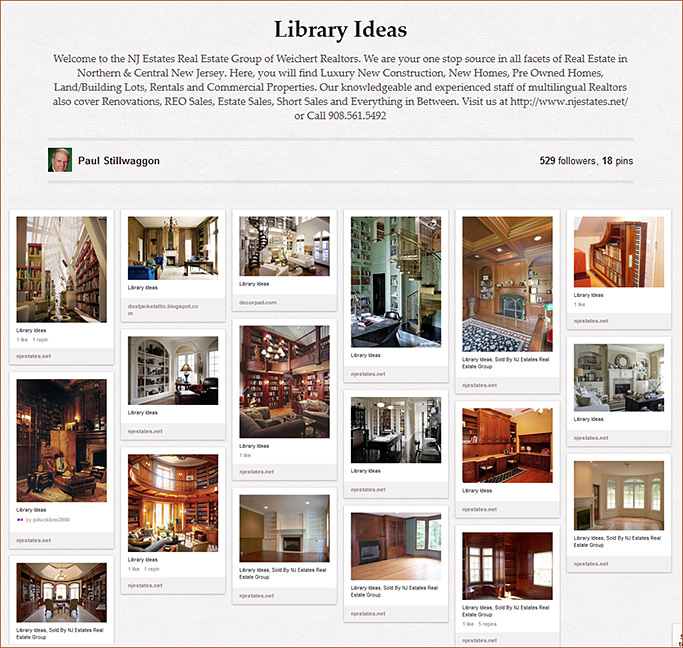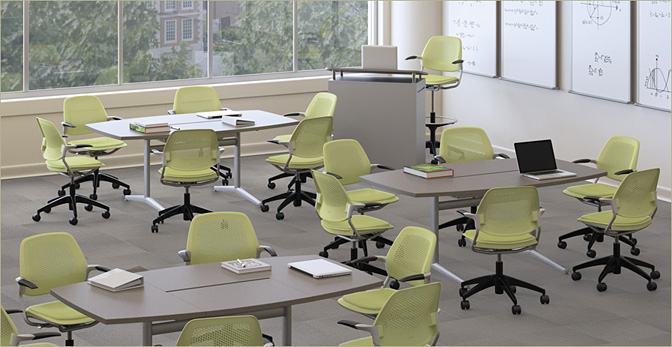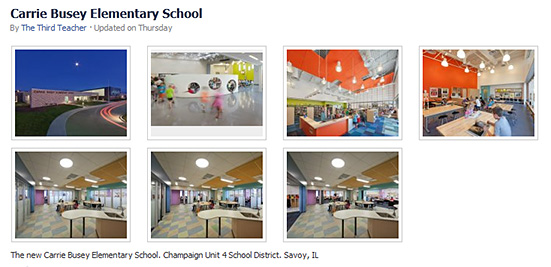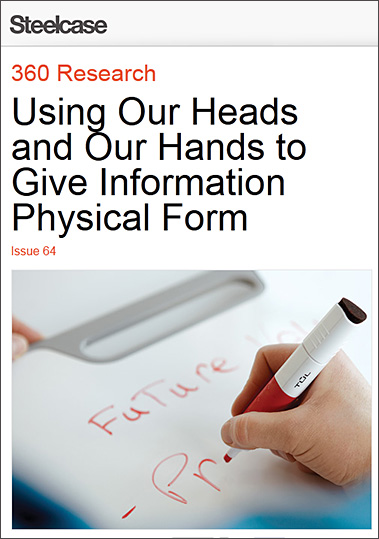
Excerpt:
When we take notes during a lecture, however, something amazing happens. As we write, we create spatial relationships between the pieces of information we’re recording. The region of the brain that handles spatial information is engaged and, by linking it with the verbal information the brain filters wheat from chaff.
Research bears this out. In a study of a lecture class, students who took notes remembered no more content than the students who didn’t take notes; the act of taking notes did not increase the amount of what they remembered. But the students who took notes remembered more key facts, those who merely listened remembered more or less random content from the lecture.
…
Note taking isn’t the only way to help the brain recall important stuff. Other kinds of writing, such as scrawling ideas on a whiteboard or pencilling a reminder on a calendar, create a link between the spatial and verbal parts of our brains and strengthen how important information is stored in our brains.









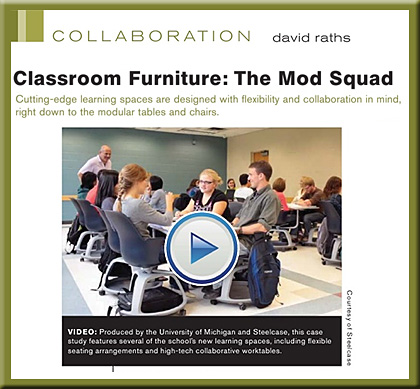
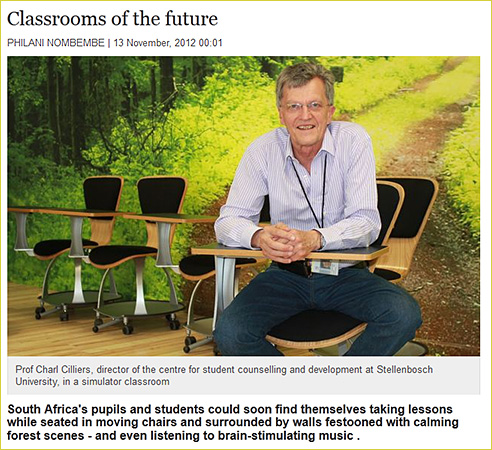



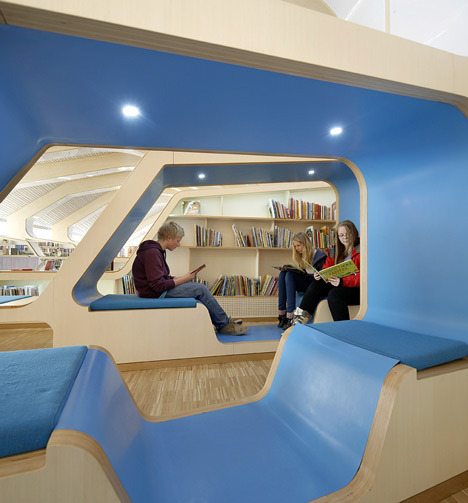

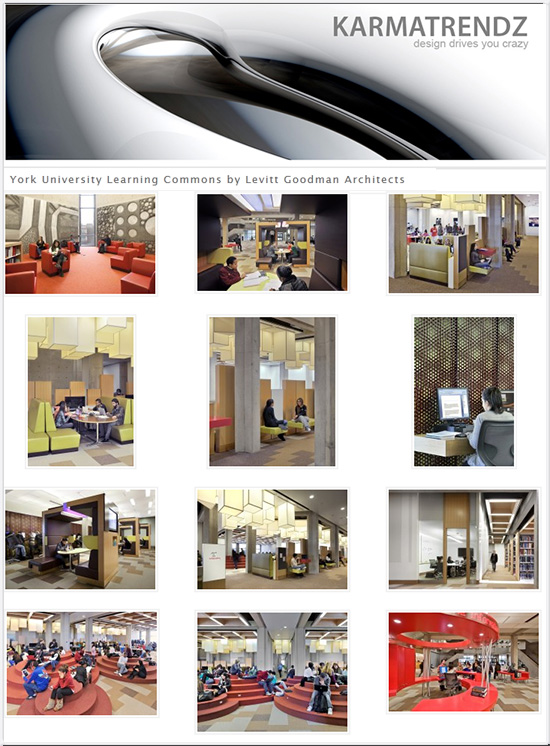


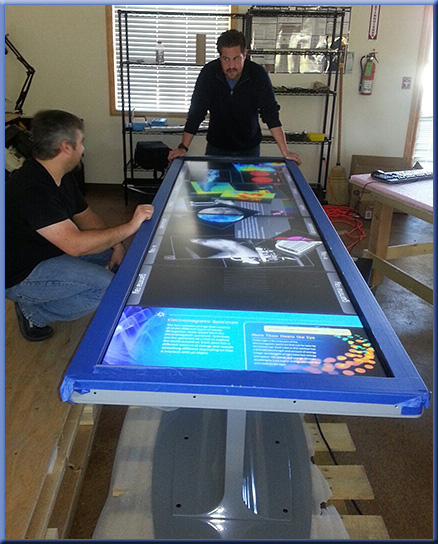

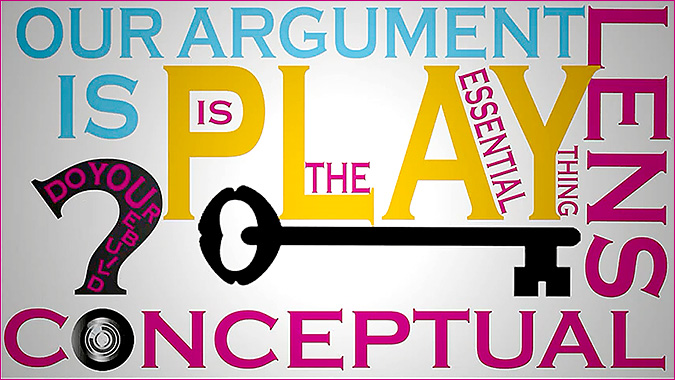



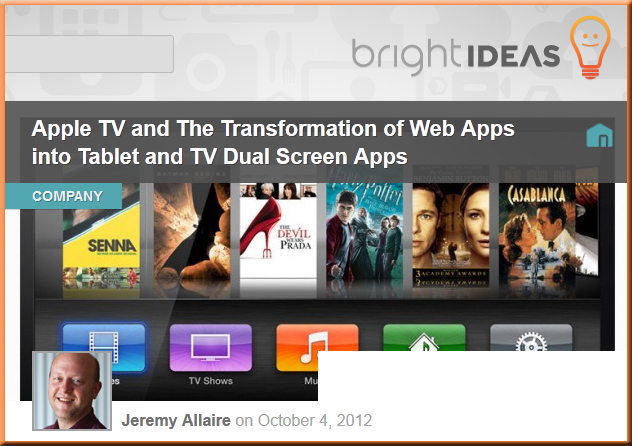
![The-Living-Class-Room-Daniel-S-Christian---July-2012 The Living [Class] Room -- by Daniel Christian -- July 2012 -- a second device used in conjunction with a Smart/Connected TV](http://danielschristian.com/learning-ecosystems/wp-content/uploads/2012/07/The-Living-Class-Room-Daniel-S-Christian-July-2012.jpg)

